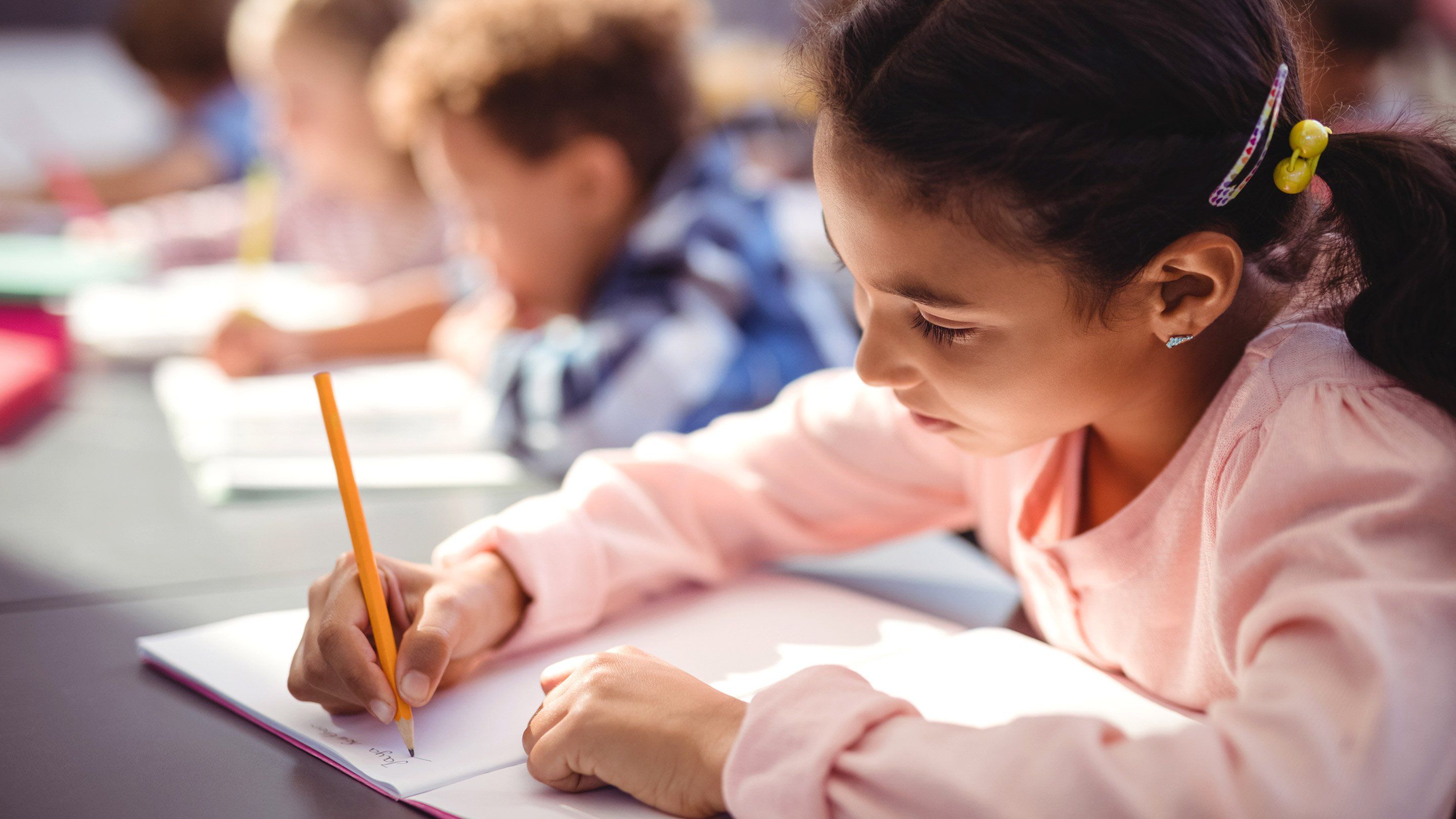
Friday Feedback
December 6, 2019 - The Brain & Trauma
The 20 Principles of Neuroscience - Blog by Lori Desautels
This article does a great job of revisiting and reviewing the key differences in the brains of many of our students, many of whom have been exposed to trauma/multiple ACES in their young life, and what we can do to slowly change their brain structure over time.
There is no easy button here nor a quick fix. Only caring adults with extreme patience and compassion can make the difference over time.
Relationships matter the most and we should never forget this point.
The 20 Principles of Educational Neuroscience
By Lori Desautels, Ph.D on January 19, 2018
1. Educational Neuroscience helps us to understand the private logic and worlds of one another. We are feeling and social creatures who think. Adversity and trauma live in the nervous system and not in the event itself
2. Attachment to adults is a prerequisite to learning from them! Attachment is the carrier of all development and especially brain development
3. Brain Development is hot, messy, chaotic and anything but linear
4. Students and adults who are angry, anxious, depressed or feeling negative emotions, struggle with learning (and with life in general)
5. Environment intimately affects our neurobiological states and we need to attend to the outer and inner environments of one another - create happy, healthy, safe classrooms
6. Emotion is critical to the learning process - well balanced adults can model healthy states
7. Movement, breathing, and healthy sleep patterns intimately affect learning
8. Serving students begins with teaching them about their own neuro-anatomy. When we do teach them, children and adolescents are able to begin self-regulation habits while priming their own brains for engagement and learning connections (click link for tips on how).
9. Our behaviors are driven by how we see the world. When you walk through life with a guilt or shame based lens, you recycle the negative feelings and behaviors you are trying to lessen.
10. Children and youth want their own power and control. Create islands of forced success and help them to discover their strengths, expertise and interests. Self-reflection is intimately connected to high levels of learning. Every child unconsciously creates a “social map” “How I see myself, becomes my experience.”
11. Shame is beneath all acts of violence. Violence is the absence of love… for children; they make a clear connection between violence, neglect and rejection!
12. Humans are nurtured by love- this comes from two sources- self and others! If love cannot be experienced from one of these two sources, it cannot flourish! A person who has not felt loved, has no reserves of love or kindness to give and this leads to a lack of empathy!
13. Many of our students walk into our classrooms and schools attuning and living in the brain stem areas (survival mode). Relationships don’t matter as much from this survival state.
14. Brain aligned discipline is about prevention and engagement = We must teach the behaviors we want to see and this occurs through daily routines, rituals, transitions implemented individually, whole class and whole school. It only takes 90 seconds to wipe the brain free and clear of negativity and stress! Music and movement are key!
15. All discipline issues with trauma-based behavior are brain regulation issues not behavior issues!
16. Hurt people, hurt other people!
17. Development of behavior, learning and relationships align with the development of the brain; (Brain stem to the Limbic System to the Cortex) which equates to the language of sensations, feelings, words and relationships!
18. What do babies and toddlers and preschoolers need to feel safe? What do they need to trust, to move to the next stepping stone?
We have to begin in the primal brain stem:
1. Routines/structure
2. To have patterned repetitive positive experiences
3. To be held and Seen/heard
4. To be soothed and reassured
5 To be given the opportunity to begin again after they fall = do overs!!
6. To explore and be trusted with boundaries.
7. To know if they make a mistake they are safe, they can vent and express sensations and feelings and learn and grow from those mistakes
8. To play and laugh and enjoy life
9. To create!
10. Relationships that are steadfast and unconditional!! (staying connected through the conflict!)
These are the same needs of our students of all ages who walk into our schools, classrooms and districts!!! 18, 13, 10 or 8 years of age… we can meet these needs in community meetings, bell-work, procedures, and during transitions.
19. As there is biology of stress, there is biology of hope! We have the inborn capacity of resilience.
20. Four questions that drive our deepened understanding of educational neuroscience in schools.
A. Am I important to someone here?
B. Am I good at something here?
C. Am I able to affect change or my world in here?
D. Can I share my gifts with someone here?
Happy Classrooms Start with Happy Teachers!
Be Trauma Sensitive
Brains change with each and every experience...they are not fixed
What's Coming Up?
Monday 12/9 - MS Wrestling @ Kirksville; MS G Bball @ home
Tuesday 12/10-Thursday 12/12 - PTO Giving Gallery (Banks' Rm)
Thursday 12/12 - MS Bball vs. Chariton
Friday 12/13 - MS Dance - MS Commons
Saturday 12/14 - MS Robotics - @ Riverside, IA
Down the Road...
Monday 12/16 - PD Day (No School)
Tuesday 12/17 - Holiday Concert - 5th gr - 5:30; 6th gr - 6:15; 7/8th gr - 7:00
Friday 12/20 - Movie Day @ Iowa Theater - 5th/6th grade 9:00 a.m.; 7th/8th grade 1:15 p.m.





